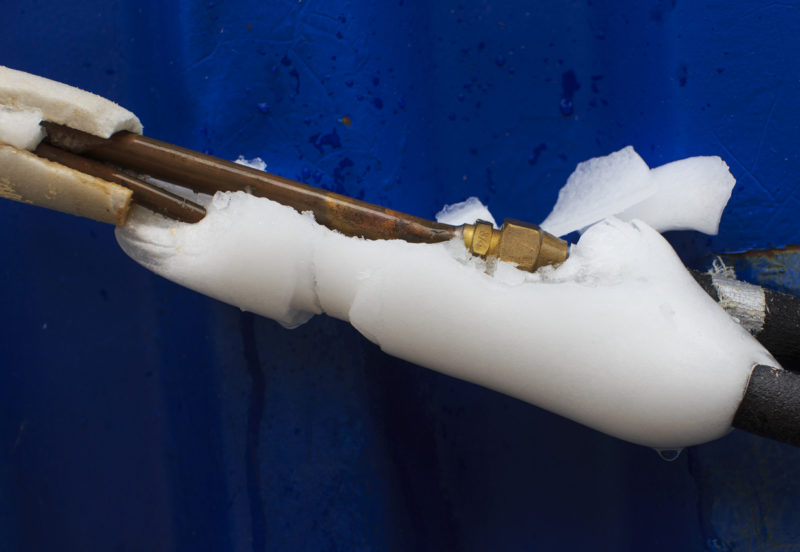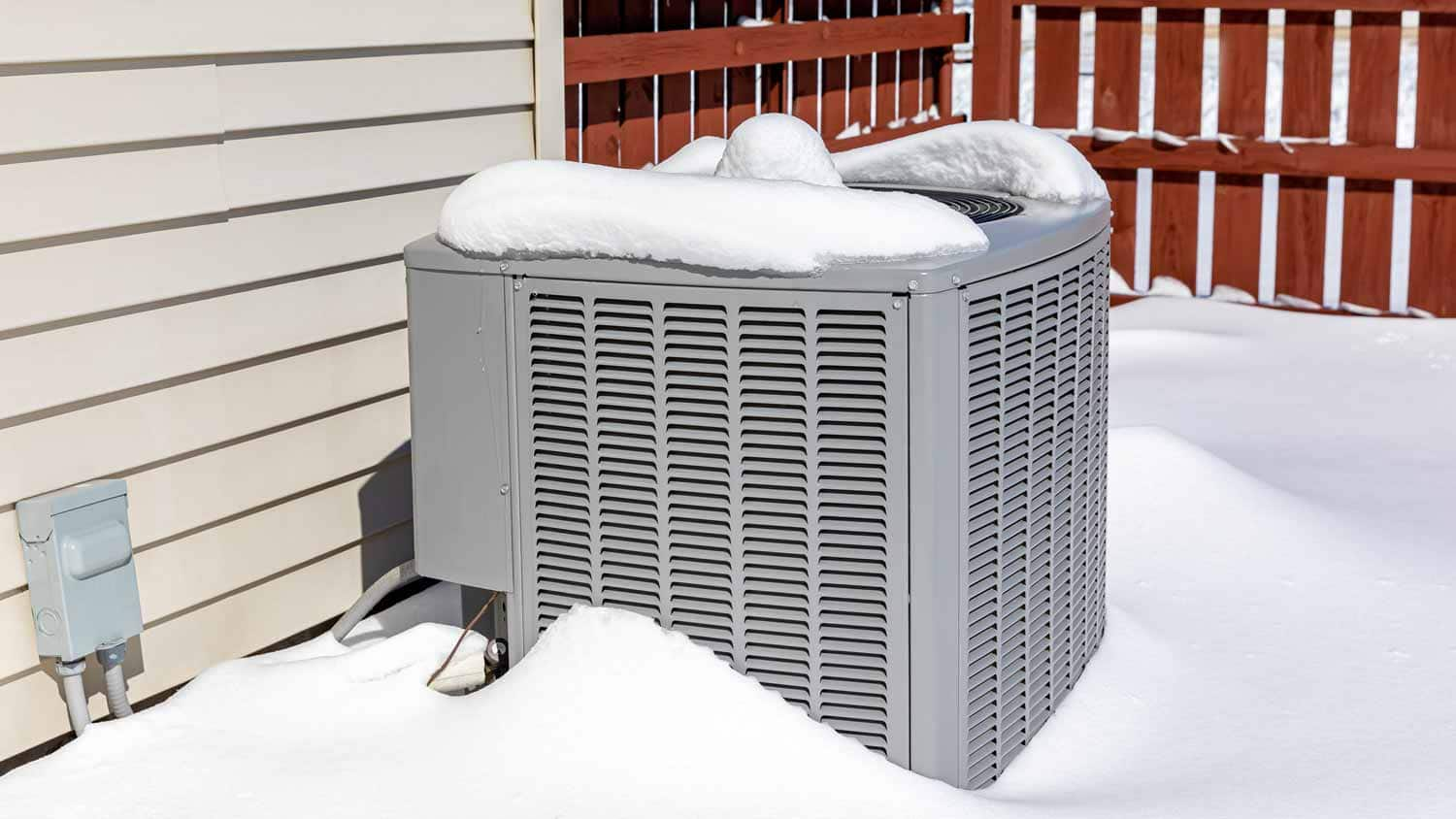My AC Pipe Is Frozen - What Do I Do? Guidance for Homeowners
My AC Pipe Is Frozen - What Do I Do? Guidance for Homeowners
Blog Article
Just how do you really feel on the subject of Have a Frozen AC Line? Here’s How to Fix It?

Intro
Uncovering that your air conditioner pipeline is iced up can be worrying, especially throughout warm summer season when you count on your ac system the most. Understanding what to do in such a situation is crucial to stop additional damage to your cooling system and guarantee your convenience inside your home.
Understanding the Causes
Numerous variables can contribute to the freezing of an AC pipeline. Comprehending these reasons can help you resolve the problem effectively.
Absence of Airflow
One common source of an icy a/c pipe is inadequate air flow. When the airflow over the evaporator coil is restricted, it can create the coil to go down below freezing temperature, causing ice formation on the pipe.
Reduced Refrigerant Levels
Insufficient refrigerant degrees in your AC system can likewise lead to an icy pipe. Reduced cooling agent levels can cause the pressure in the system to go down, resulting in the cold of dampness on the evaporator coil.
Winter Conditions
In colder climates, freezing temperatures outside can add to the cold of AC pipes. If your AC unit is not appropriately insulated or if there are leaks in the ductwork, chilly air can infiltrate the system, triggering the pipe to ice up.
Dirty Air Filters
Filthy or stopped up air filters can limit air flow in your air conditioning system, resulting in numerous issues, consisting of a frozen pipeline. It's essential to change or cleanse your air filters frequently to guarantee appropriate air flow and prevent ice accumulation.
Indications of a Frozen Air Conditioning Pipe
Recognizing the indicators of a frozen AC pipeline is important for prompt activity.
Reduced Airflow
If you see a significant decline in airflow from your vents, it might indicate a frozen pipeline.
Ice Buildup on the Pipe
Visible ice accumulation on the refrigerant line or the evaporator coil is a clear sign of a frozen air conditioning pipeline.
Strange Sounds from the Unit
Unusual noises, such as hissing or gurgling, coming from your air conditioning system can signal that there's ice present on the pipeline.
Immediate Actions to Take
When confronted with an icy AC pipe, it's necessary to act swiftly to avoid more damages to your air conditioning system.
Switching off the air conditioning
The primary step is to shut off your air conditioner to prevent the system from running and exacerbating the issue.
Looking for Blockages
Evaluate the location around the indoor system for any type of obstructions that may be obstructing air movement, such as furnishings or curtains.
Defrosting the Pipe
You can make use of gentle methods like positioning towels soaked in warm water around the icy pipe to assist thaw it gradually.
Safety nets
Taking preventive measures can aid prevent future occurrences of an icy air conditioning pipeline.
When DIY Methods Fail
If your attempts to thaw the pipeline or address other concerns are not successful, it's time to hire a specialist.
Significance of Hiring a Professional HVAC Technician
A qualified HVAC specialist has the expertise and tools essential to diagnose and repair concerns with your AC system securely and successfully.
Routine Maintenance Checks
Arrange routine maintenance talk to an expert HVAC specialist to guarantee that your air conditioning system is running efficiently.
Changing Air Filters
On a regular basis change or cleanse your air filters to stop air movement restrictions and maintain optimal performance.
Insulating Exposed Pipes
If your AC pipelines are exposed to cold temperatures, take into consideration shielding them to stop freezing throughout winter season.
Looking For Professional Help
If DIY approaches fall short to solve the problem or if you're not sure about exactly how to continue, it's ideal to look for aid from a certified HVAC specialist.
Verdict
Dealing with an icy AC pipe can be an irritating experience, however knowing exactly how to respond can assist minimize damages and bring back convenience to your home. By understanding the reasons, identifying the signs, and taking punctual action, you can successfully resolve the issue and stop future events.
Frozen AC Line: Why It Happens & What To Do About It
A frozen AC line can be a rather peculiar sight in a place like Phoenix, Arizona where nothing ever freezes. In this post, we’ll discuss what makes an air conditioner line frozen – and what you can do about it.
Dirty Air Filters
Did you know that you should be cleaning or replacing your air filters on a monthly basis? Failing to do this can result in airflow issues that, in turn, cause your evaporator coils and lines to freeze over. You’ll notice a buildup of ice on both components, although the buildup on your pipes will, of course, be more evident unless you open your air condition up to reveal the coils.
What To Do About It
Give your air filter a good cleaning if it’s reusable. If not, replace the filter outright. Next, switch your air conditioner’s fan setting on and leave it there for 2-3 hours. This will draw warm air in, helping to thaw your evaporator coil. You can also check out this article for some tips on cleaning the coils themselves if you’d like to speed the process up. Before you switch the unit back to its normal state, make sure the supply vents are completely unobstructed and free of dust or other debris.
If you keep having this issue even after replacing your filters regularly, contact a local HVAC repair company and have them inspect your evaporator coil, ductwork, and any other components that may be at fault. If you live in the Phoenix, Arizona area, give American Home Water and Air a call.
Low Refrigerant Levels/Leakage
What To Do About It
Contrary to what air conditioner “recharge” companies often tell their clients about refrigerant, it should never need to be simply refilled. You see, refrigerant runs in what experts refer to as a “closed loop.” Refrigerant really shouldn’t be leaving that loop. If it is, you’ve got a leak.
Paying someone to come and pump more refrigerant into your system (aka “recharge” it) isn’t the solution. Doing that will simply kick the can down the road. Besides, refrigerant leaks can be harmful to the environment and people in your home.
Rather, you need to take care of the leak with the help of a technician. Check out this article for some more information about dealing with air conditioners that are leaking refrigerant. Before you contact a technician, switch your thermostat to the off position. Then, switch the fan setting on and let it run for 2-3 hours so the unit can thaw.
Improper Temperature Setting
Improper temperature settings can also cause a drop in your air conditioner’s pressure. What many people don’t realize is that air conditioners are actually designed to run when temperatures have fallen above roughly 60 degrees Fahrenheit. If you run the unit when it’s cold outside, you’ll run into many issues, including frozen components.

I have been very intrigued by What Causes AC Pipes To Freeze? and I'm hoping you appreciated the new blog post. Are you aware of somebody else who is fascinated by the topic? Feel free to promote it. Thanks for taking the time to read it.
Contact Us Report this page